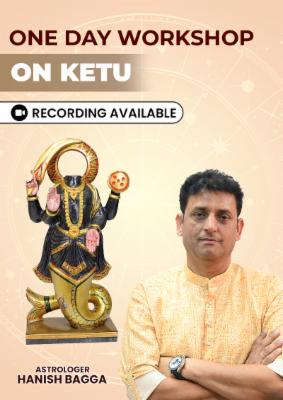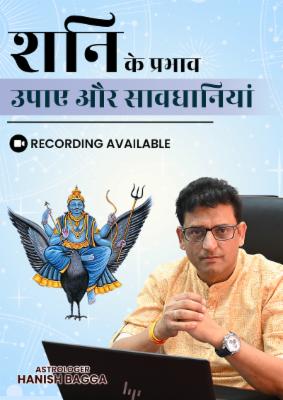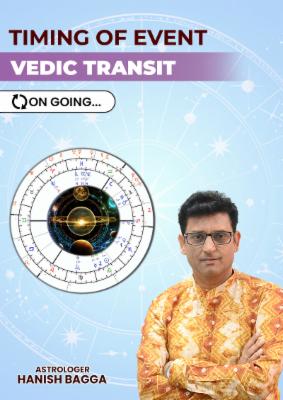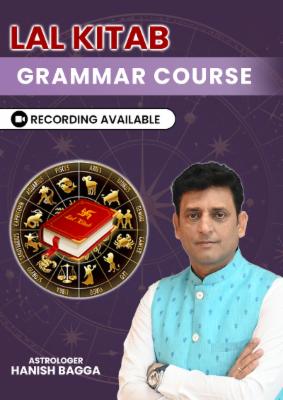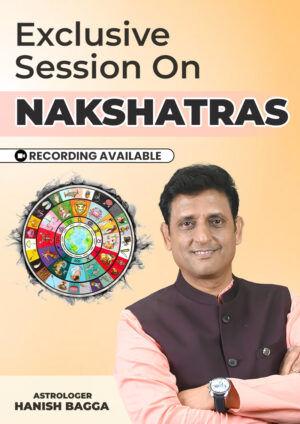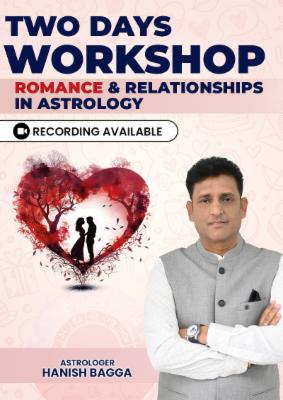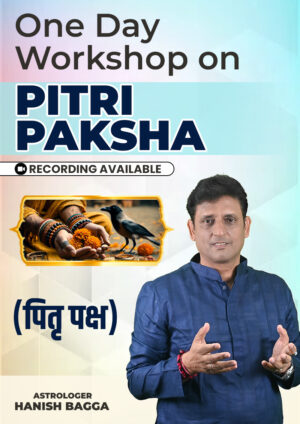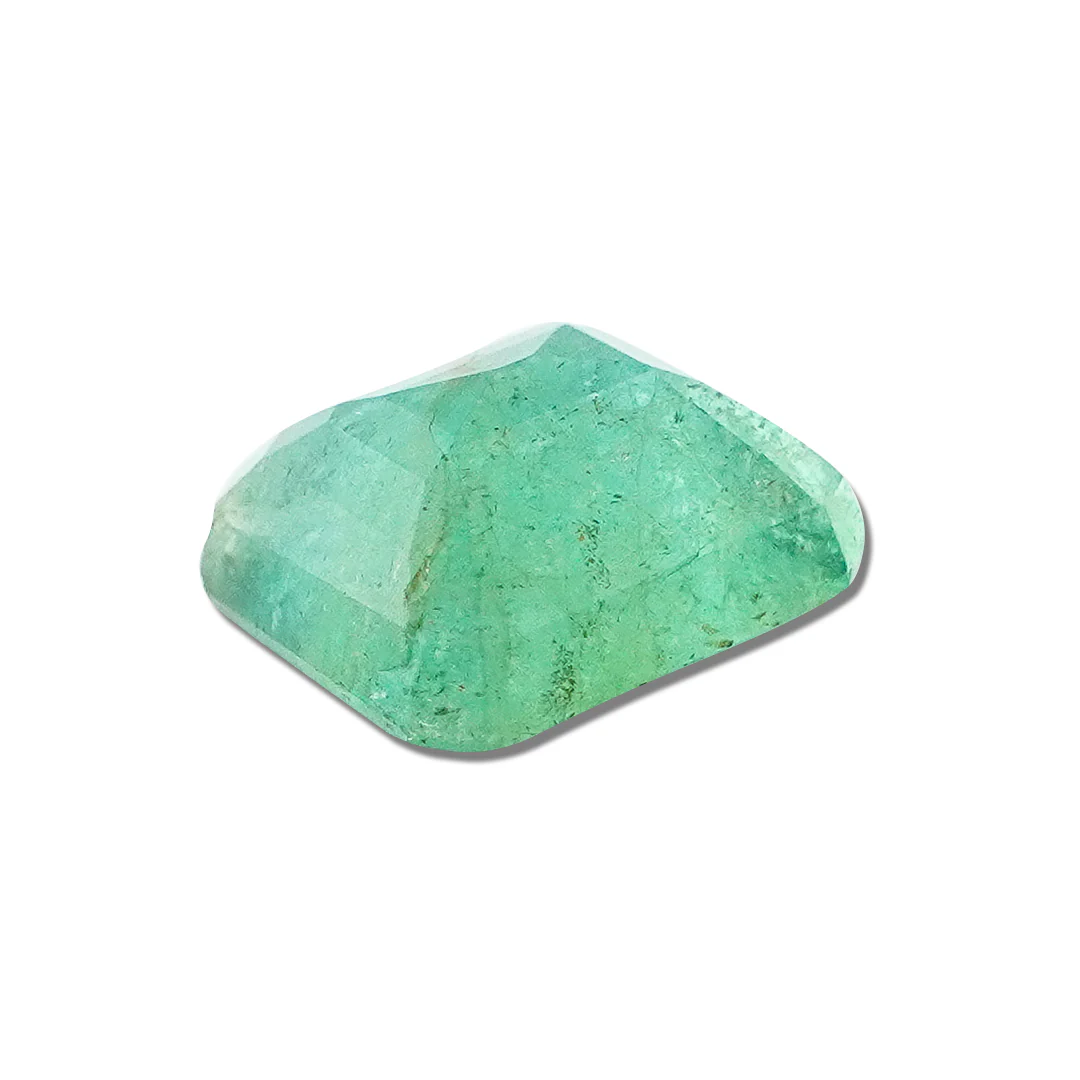Introduction
Sharad Purnima, also known as Kojagari Purnima or Kaumudi Purnima, is a harvest festival celebrated on the full moon day of the Hindu lunar month of Ashwin. This auspicious occasion marks the end of the monsoon season and the beginning of the autumn harvest. As we approach Sharad Purnima 2024, let’s delve into the rich traditions and significance of this moonlit festival.
The Significance of Sharad Purnima
Sharad Purnima holds great importance in Hindu culture and traditions. It is believed that on this night, the moon is at its brightest and closest to Earth, showering its divine nectar (Amrit) upon the Earth. This celestial phenomenon is said to have healing properties and bring good fortune to those who bask in the moonlight.
The festival also celebrates the victory of good over evil, as it coincides with Lord Krishna’s defeat of the demon Narakasura. It is a time for devotees to express gratitude for a bountiful harvest and seek blessings for prosperity in the coming year.
Sharad Purnima 2024: Date and Timings
For those looking forward to celebrating Sharad Purnima in 2024, here are the important details:
- Date: October 17, 2024
- Purnima Tithi Begins: October 17, 2024, at 1:23 AM
- Purnima Tithi Ends: October 18, 2024, at 12:12 AM
It’s essential to note that the exact timings may vary slightly depending on your location. For precise local timings, it’s advisable to consult a Hindu panchang or almanac.
Traditions and Customs Associated with Sharad Purnima
Sharad Purnima is celebrated with great enthusiasm and a variety of customs across India. Some of the most common traditions include:
- Moonlight Vigil: Devotees stay awake throughout the night, basking in the moonlight and offering prayers.
- Kheer Preparation: A special rice pudding called kheer is prepared and left in the moonlight overnight. It is believed that the moonbeams infuse the kheer with healing properties.
- Goddess Lakshmi Worship: Many households perform puja (worship) of Goddess Lakshmi, the deity of wealth and prosperity.
- Fasting: Some devotees observe a fast during the day, breaking it only after moonrise.
- Raas Leela: In parts of North India, especially in Mathura and Vrindavan, devotees enact the Raas Leela, depicting Lord Krishna’s dance with the gopis.
The Legend of Sharad Purnima
The legend of Sharad Purnima is closely tied to Lord Krishna. It is said that on this night, Krishna performed the Raas Leela, a divine dance, with the gopis (cowherd women) of Vrindavan. This dance symbolizes the union of the individual soul with the divine.
Another legend associates Sharad Purnima with Goddess Lakshmi. It is believed that the goddess visits Earth on this night to bless her devotees with wealth and prosperity.
Celestial Significance of Sharad Purnima
From an astronomical perspective, Sharad Purnima marks a unique celestial event. The moon is said to be at its closest point to Earth during this time, appearing larger and brighter than usual. This phenomenon, sometimes referred to as a “supermoon,” adds to the mystical aura of the festival.
The autumn equinox, which occurs around this time, also plays a role in the celestial significance of Sharad Purnima. The balance between day and night during the equinox is seen as a metaphor for harmony and equilibrium in life.
Celebrating Sharad Purnima Across India
While the core essence of Sharad Purnima remains the same, its celebration varies across different regions of India:
- Bengal: Known as Kojagari Lakshmi Puja, it involves the worship of Goddess Lakshmi and the preparation of special sweets.
- Gujarat: Celebrated as Sharad Poonam, it involves folk dances like Garba and Dandiya.
- Maharashtra: Called Kojagiri Purnima, people gather to sing bhajans and share milk and puffed rice under the moonlight.
- Uttar Pradesh: In Mathura and Vrindavan, elaborate Raas Leela performances are held.
Sharad Purnima and Ayurveda
According to Ayurveda, the ancient Indian system of medicine, Sharad Purnima holds special significance for health and well-being. The moonlight on this night is believed to have cooling and healing properties, helping to balance the body’s doshas (vital energies).
Some Ayurvedic practices associated with Sharad Purnima include:
- Moonbathing: Sitting under the moonlight is said to have a calming effect on the mind and body.
- Consumption of Moon-Charged Water: Drinking water that has been kept under the moonlight is believed to have medicinal properties.
- Eating Seasonal Foods: Consuming foods that are in season during autumn is recommended for maintaining good health.
Sharad Purnima Recipes
No celebration is complete without special dishes. Here are some traditional recipes associated with Sharad Purnima:
1. Kheer (Rice Pudding)
- Ingredients: Rice, milk, sugar, cardamom, nuts
- Method: Cook rice in milk until soft, add sugar and cardamom, garnish with nuts
2. Basundi
- Ingredients: Milk, sugar, saffron, cardamom, nuts
- Method: Boil milk until reduced, add sugar and flavorings, chill before serving
3. Malpua
- Ingredients: Flour, milk, sugar, fennel seeds
- Method: Make a batter, fry small pancakes, dip in sugar syrup
These dishes are not only delicious but also carry the essence of the harvest season and the festive spirit of Sharad Purnima.
Follow our Youtube Channel: @acharyaganeshchannel
Conclusion
Sharad Purnima is a beautiful festival that celebrates the harmony between nature, spirituality, and human life. As we look forward to Sharad Purnima 2024, let’s embrace the spirit of this auspicious occasion – a time for gratitude, renewal, and cosmic connection. Whether you observe traditional rituals or simply enjoy the beauty of the autumn full moon, Sharad Purnima offers a moment to pause and appreciate the cycles of nature and life.
As the moonlight bathes the Earth on this special night, may it bring peace, prosperity, and healing to all. Happy Sharad Purnima!
Follow us on Instagram: officialacharyaganesh
FAQs
Q1: Why is Sharad Purnima celebrated?
Ans: Sharad Purnima is celebrated to mark the end of the monsoon season and the beginning of the autumn harvest. It’s also associated with Lord Krishna’s Raas Leela and the worship of Goddess Lakshmi.
Q2: What is the significance of kheer on Sharad Purnima?
Ans: Kheer left under the moonlight on Sharad Purnima is believed to absorb the moon’s healing properties, making it a prasad (blessed food) with medicinal benefits.
Q3: How is Sharad Purnima different from other full moon days?
Ans: Sharad Purnima is considered special because the moon is believed to be at its brightest and closest to Earth on this day, showering the Earth with Amrit (divine nectar).
Q4: Can anyone participate in Sharad Purnima celebrations?
Ans: Yes, Sharad Purnima celebrations are open to all. Many communities organize public events and temple ceremonies that welcome everyone.
Q5: Are there any specific rituals to be followed on Sharad Purnima?
Ans: While practices vary, common rituals include staying awake through the night, preparing kheer, worshipping Goddess Lakshmi, and basking in the moonlight.
Also Visit: acharyaganesh.com


